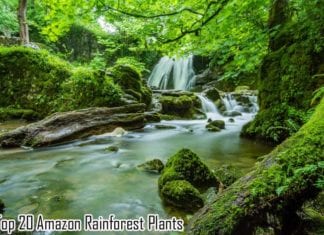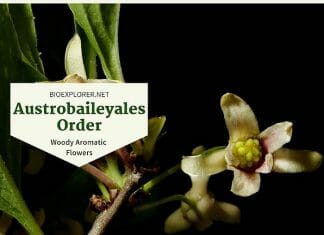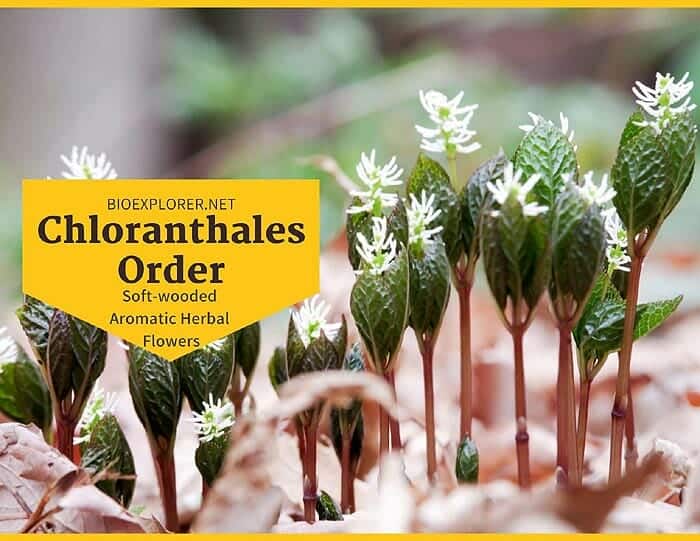
Order Chloranthales belongs to the core branch of the angiosperm tree. The only family under the taxonomy of Chloranthales is Chloranthaceae, consisting of 4 genera (Ascarina, Chloranthus, Hedyusmum, and Sarcandra) and more than 70 living species.
Soft-wooded aromatic shrubs and trees with swollen nodes and leaves with opposite saw-toothed are classified under the family Chloranthaceae of order Chloranthales.
Early Cretaceous fossil records recognize Chloranthales as the most common in the lines of living angiosperms. However, it is also the least familiar to botanists. Chloranthales possess unusually simple flowers combined with primitive features, like the monosulcate pollens and vessels with scalariform perforations.
Table of Contents
Chloranthales Pronunciation
Chloranthales Distribution
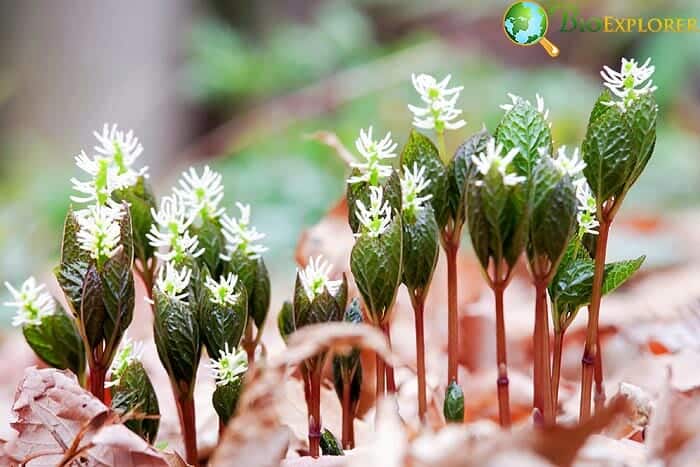
Chloranthales species are distributed in Southeast Asia, Madagascar, the Pacific, the West Indies, and Central and South America.
- The anatomical structure[1] of the Chlorantheceae leaves suggests that these plants can thrive in low light, wet, and disturbed habitats.
- Genus Ascarina[2] has 12 species thriving in Australia, Madagascar, and the Pacific Ocean; Chloranthus has 15 species distributed in Eastern Asia and China;
- The genus Hedyosmum has 41 species distributed in tropical America. The last genus, Sarcandra, has 3 species.
Suggested Reading:
Top 18 Amazon Rainforest Plants
![]()
Chloranthales Characteristics
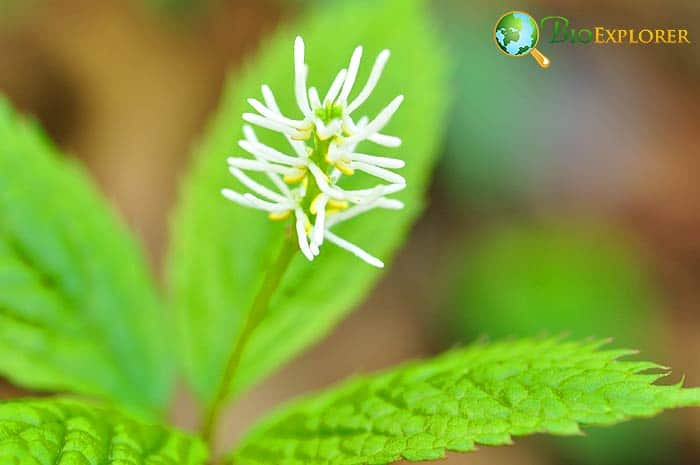
The general characteristics of the Chloranthales involve:
- Chloranthales can be trees, shrubs, or herbs. They can be of annual or perennial type.
- Chloranthales are non-succulent, aromatic plants containing aromatic compounds from the plant parts.
- Flowers of Chloranthales are tiny and extremely simple. Usually, the petals are absent.
- Flowers are directly attached to the inflorescence axis either by head-like, spike, or thyrsoid. Flowers are sessile/stalkless.
- The leaves of Chloranthales are simple, entire, opposite, and connates at the base of the petiole. Leaves are pinnately veined, glabrous with dentate margins.
- Chloranthales are petiolar or characterized by the presence of petioles more or less connating at the base.
- Usually, cylindrical young stems are present with solid nodes and thickened internodes.
Suggested Reading:
Order Austrobaileyales / Woody Aromatic Flowers
![]()
Chloranthales Flowers and Reproduction
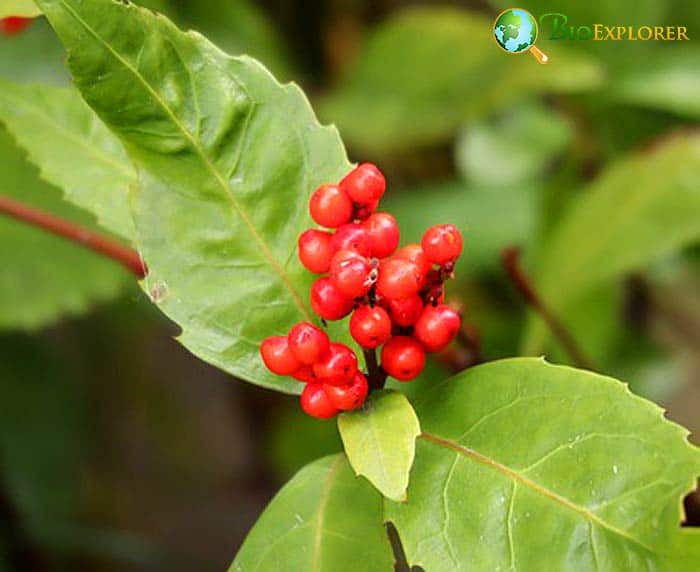
Chloranthales flowers that aggregate in inflorescence can be terminal or axillary. Usually, the tiny flowers of Chloranthales are characterized by the absence of petals or tepals, having 1 to 5 stamens that can develop into a drupe. Nectaries and disc are both absent.
Plants can be hermaphrodite or dioecious. There are three classifications of Chlorantheceae flowers.
- Unisexual and naked (Ascarina and male Hedyosmum).
- Unisexual with 3 tepals (Female Hedyosmum).
- Bisexual and naked with 1 stamen (Sarcandra, Chloranthus).
Molecular analyses of Chloranthaceae imply that flowers are reduced and not primitive. The presence of ascidiate carpels is ancestral for angiosperms. Studies indicate that the reduced flowers of the Chloranthaceae and their ability for wind pollination are brought about by evolution through their spread to cooler regions and sun tolerance.
The Hedyosmum genus of Chloranthaceae is characterized by having an atypical feature in reproduction. The 3 fused hypogynous tepals form the perianth of Hedyosmum. Genus Hedyosmum has a schyzogenous window with a whole superior ovary.
When flowers are hermaphrodite, pollination occurs[3] when the Stigma of the lower flowers receives the pollen from the upper flowers. There are, however, certain situations when pollinators like bees, beetles, Hemiptera, and flies act as agents of pollination.
![]()
Chloranthales Genera Differences
Sarcandra
- It consists of shrubs with wood without vessels.
- The flowers are bisexual.
- Sarcandra is characterized by only one club-shaped stamen with wide connective tissue between the lobes.
- The Stigma is moist and smooth.
![]()
Ascarina
- Male and female flowers are separate.
- Bracts are present in male flowers while absent in female flowers.
- Male flowers have between 1-5 stamens with connective tissue not widened.
- The Stigma is dry and papillae-covered.
![]()
Hedyosmum
- Male and female flowers are separate.
- Bracts are absent in both male and female flowers.
- One stamen with connective tissue, not widened, is present.
- Stigma is dry and papillae-covered.
- The trilobed calyx is present in female flowers.
![]()
Chloranthus
- The flowers are bisexual.
- Chloranthus has three-parted stamen, making it unique.
![]()
Chloranthales Example Species
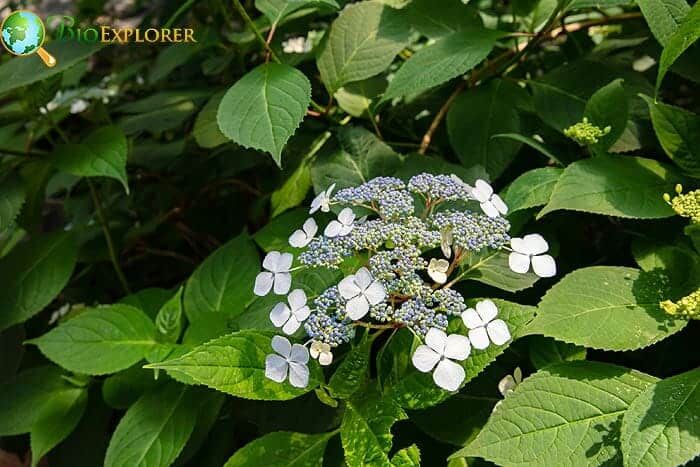
Many species of Chloranthales are used as herbal medicines. There are many characteristics of these plants being studied for their anti-microbial, anti-tumor, and anti-fever capabilities. Some of the common species under Chloranthales are:
- Sarcandra glabra
- Sarcandra chloranthoides
- Hedyosmum mexicanum
- Hedyosmum brasiliensis
- Chloranthus officinalis
- Chloranthus japonicus
- Chloranthus monander
- Ascarina lucida
- Ascarina philippinensis
- Ascarina diffusa
![]()


